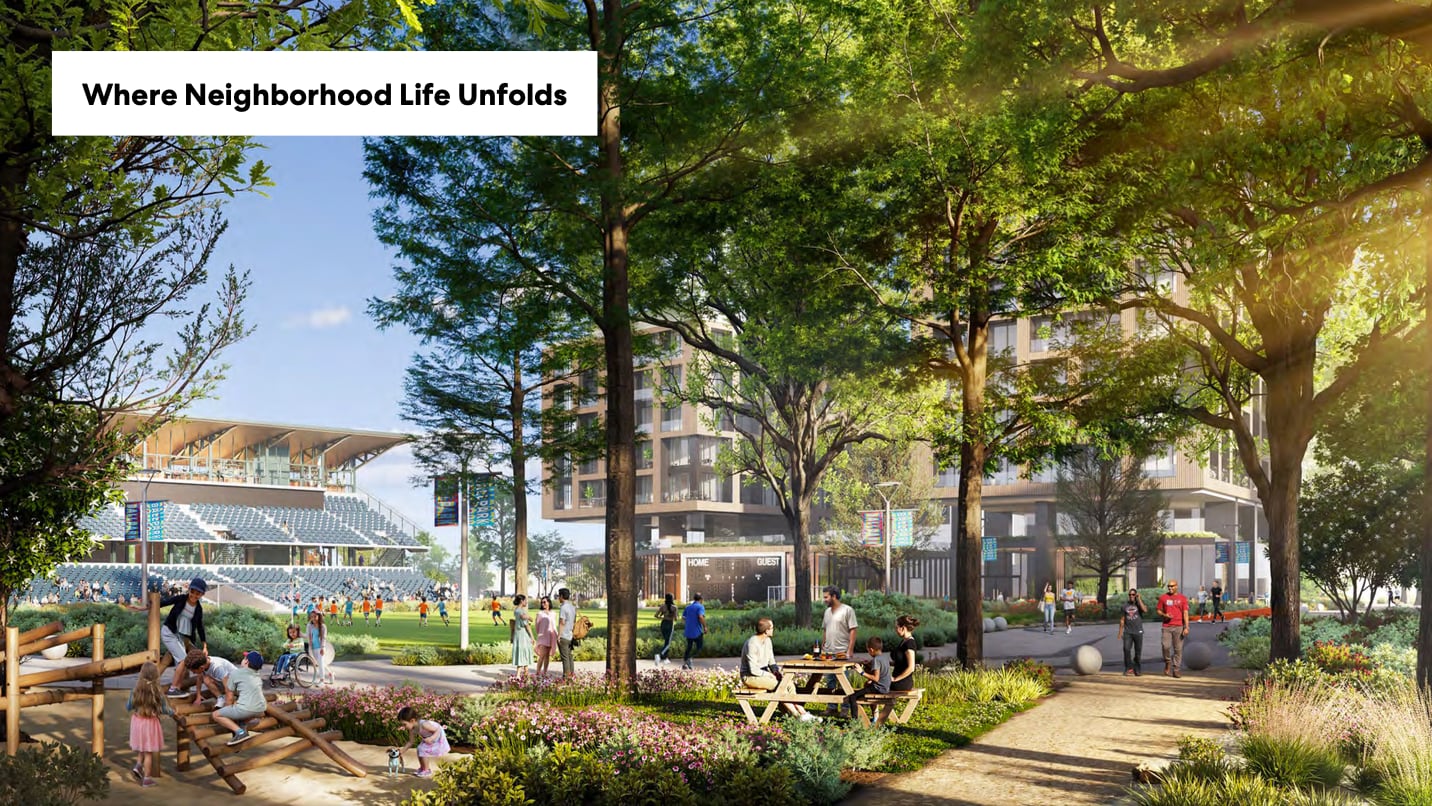Keep Homes Affordable as Ballpark Stadium Remake Moves Forward

Community Voices Demand Public Control and Inclusive Development at Smith’s Ballpark
Residents of Salt Lake City are pushing for a more community-focused approach to the redevelopment of the newly vacant Smith’s Ballpark site. At a recent public meeting, local stakeholders emphasized the importance of maintaining public control over the area as it undergoes transformation, ensuring that the project delivers long-term benefits for all residents.
The event marked the first public presentation of an ambitious design framework aimed at redeveloping the stadium and adjacent parking lot located at the intersection of 1300 South and West Temple. The plan includes a range of proposals, from affordable housing options to green spaces, with many residents urging the city to incorporate elements that reflect the neighborhood’s history, beauty, and community needs.
One of the main concerns raised by attendees was the inclusion of multistory parking garages in the design. Some of these structures were seen as potentially obstructing the area’s nationally recognized views of the Wasatch Mountains. However, the proposal to uncover and transform portions of three buried creeks into a new park received widespread praise, highlighting the community’s desire for natural and recreational spaces.
Residents also expressed frustration over the slow pace of progress on the city’s public-private overhaul led by the Community Reinvestment Agency. This initiative, which has been in development for over two and a half years, is expected to roll out in phases throughout 2026. Many felt that without clear milestones, it would be difficult for local residents and property owners to hold the city accountable for its commitments.
Fraser Nelson, a member of the grassroots Ballpark Action Team, voiced concerns about the potential delay in the project. “Given the pace that has occurred for other developments in the region, we’re concerned that ours will continue to fall behind,” he said.
The vision presented at the meeting, refined through design competitions, community input, and work by the Chicago-based firm Perkins & Will, centers around repurposing a south wing of the existing stadium into an entertainment venue and neighborhood field. This initiative is expected to serve as a catalyst for a larger mixed-use development, featuring multistory housing, interconnected park areas, and neighborhood amenities such as a new library and fire station.
With further public input, this latest framework is set to shape some of the city’s first requests for bids from developers, possibly as early as next year. However, the city faces significant challenges in determining the future of the site, as various stakeholders have differing visions for its use.
Mark Asnis, project manager with Perkins & Will, emphasized the goal of creating a “natural, beautiful, enduring, beloved space” that welcomes the community. The proposed development scenarios include up to 400 units of multifamily housing and 60 units for seniors, with a mix of subsidized and market-rate units planned for future phases.
Despite these plans, some residents remain skeptical about the accessibility of housing for moderate-wage families, particularly if the city sells off parts of the 14.8 acres it owns on the site. The inclusion of two towering parking garages in future phases has also sparked concern among community members.
Oscar Arvizu, a resident and winner of one of the city’s design contests, called for more courtyards and green buffers in the plan. He urged the city to maintain public control over the site, arguing that it could become a national model for turning city land into something affordable, green, and inspiring.
Jeff Sandstrom, a member of the Ballpark Community Council, echoed similar sentiments, calling for more tree canopy and open spaces. He urged the city to refocus the development on community, open space, enjoyment, entertainment, and engagement as its core principles.
The 58-page framework has also dropped the idea of adding a community center, while some council members noted that funding for a permanent library and fire station would require significant budgetary commitments in the future.
Council member Darin Mano, whose district includes the Ballpark neighborhood, acknowledged the need for ongoing conversations about the next steps and how to fund the public components of the project. “There’s going to be some pretty big lifts,” he said, emphasizing the complexity of the task ahead.
Post a Comment for "Keep Homes Affordable as Ballpark Stadium Remake Moves Forward"
Post a Comment